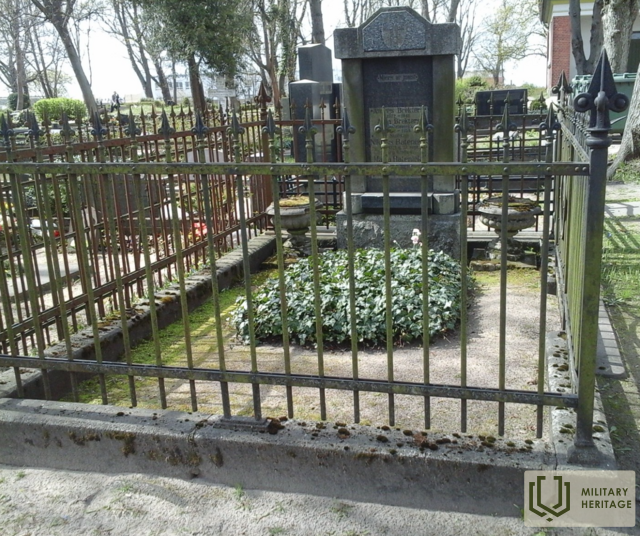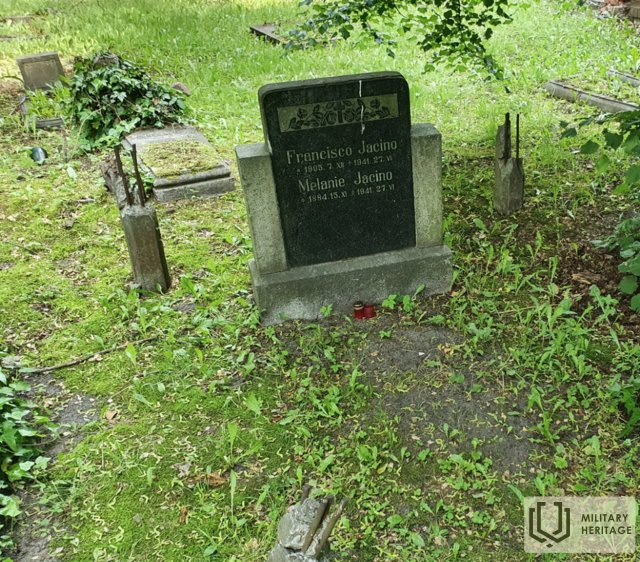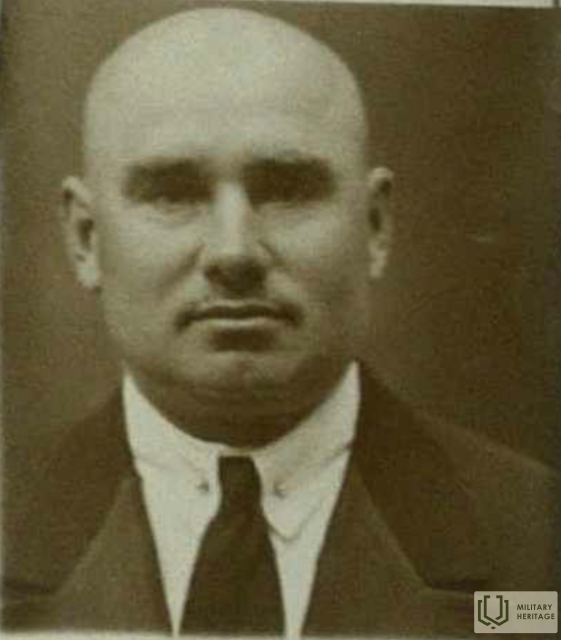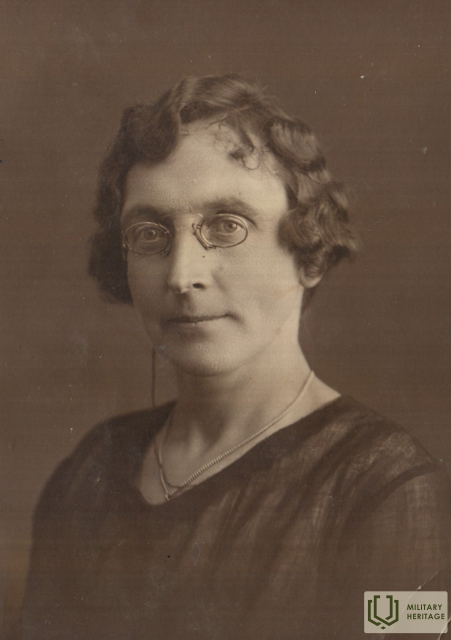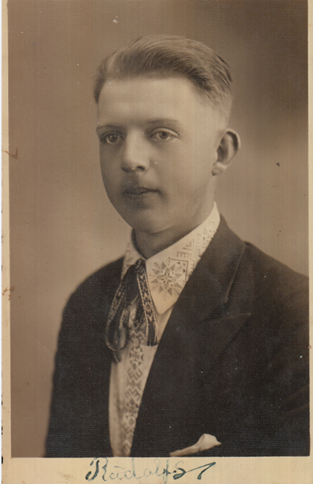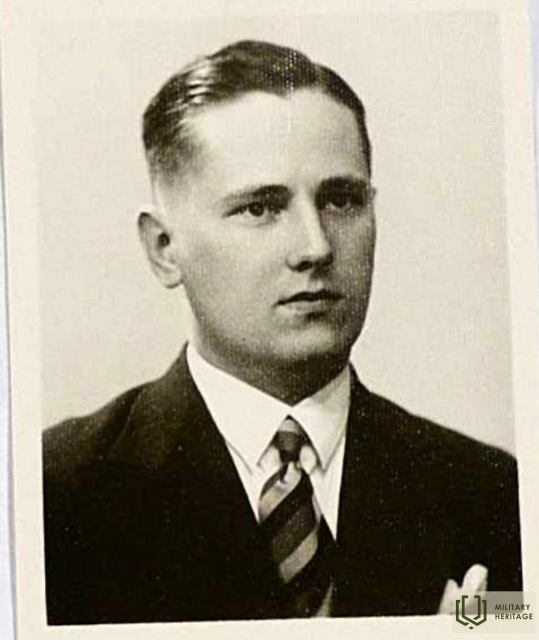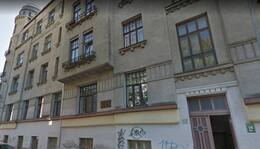Neteisminis civilių šaudymas Liepojos „Mėlynajame stebukle“
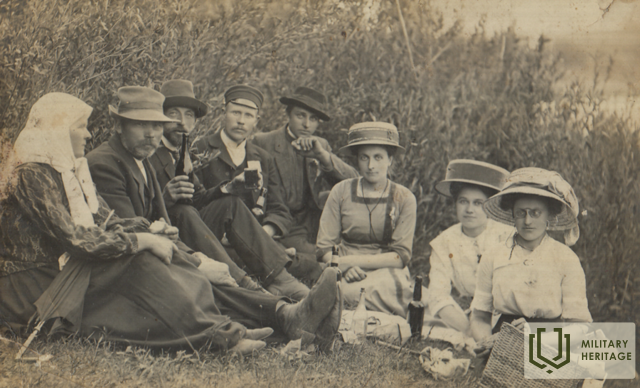
Neteisminės žudynės Latvijos teritorijoje karo metu, 1941 m. birželio pabaigoje ir liepos pradžioje, buvo paskutinė represijų ir smurto apraiška pirmajame komunistinės okupacijos etape, kuris baigėsi nacistinės Vokietijos kariuomenės įžengimu į visą Latvijos teritoriją.
Susišaudymo priežastis buvo baisi ir tragiška – kalinių nebebuvo galima perkelti į Rusiją, tačiau palikti gyvų jų nepavyko. Dėl to Liepojoje karo metais taip pat buvo vykdomos neteisminės egzekucijos gyventojams, panašiai kaip Rygos centriniame kalėjime, Valmieros kalėjime, Valkos ir Rezeknės milicijoje bei Greizā kalne prie Ludzos. Liepojoje šis sovietinės okupacinės valdžios nusikaltimas buvo įvykdytas „Mėlynajame stebukle“ – Liepojos policijos pastate, Respublikos gatvėje 19.
Šios tragedijos priežasčių galima ieškoti paranojiškoje komunistinio okupacinio režimo pasaulėžiūroje. Žodžiu, nuo pat gyvavimo pradžios 1917 m., vienu svarbiausių dalykų kartu su „pasauline revoliucija“ tapo nuolatinis išorinių ir vidinių priešų ieškojimas ir neutralizavimas.
Neteisminės žudynės per karą, 1941 m. birželio pabaigoje ir liepos pradžioje, buvo paskutinė represijų ir smurto apraiška pirmajame komunistinės okupacijos etape, kuris baigėsi nacistinės Vokietijos kariuomenės įžengimu į visą Latvijos teritoriją.
Šiuos nusikaltimus įvykdė čekos pareigūnai, milicininkai, darbininkų sargybiniai, komunistų partijos ir komjaunimo aktyvistai.
Iki šiol gautomis žiniomis, civilių gyventojų suėmimas Liepojoje karo metais prasidėjo 1941 metų birželio 23 dieną, bendras suimtųjų skaičius nežinomas, tačiau žinoma, kad Liepojos milicija nušovė 18 žmonių, tačiau bent penkiems pavyko išlikti gyviems ir pabėgti.
Susišaudymo priežastis buvo baisi ir tragiška – kalinių nebebuvo galima perkelti į Rusiją, tačiau palikti gyvų jų nepavyko. Dėl to Liepojoje karo metais taip pat buvo vykdomos neteisminės egzekucijos gyventojams, panašiai kaip Rygos centriniame kalėjime, Valmieros kalėjime, Valkos ir Rezeknės milicijoje bei Greizā kalne prie Ludzos. Aptariamas nusikaltimas įvykdytas „Mėlynajame stebukle“ – Liepojos policijos pastate, Respublikos gatvėje 19.
Šiuo metu žinomos šešiolikos Liepojos policijos sušaudytų žmonių pavardės:
1. Bezalel Geshaya–Shloma r. Bileckis (1879). žydas. Gyveno Liepojoje, Graudu gatvėje 6. Greičiausiai turėjo parduotuvę Graudu g.50.
2. Andrejus Brekteris (1872). Mechanikas. Šaltiniuose minimi du galimi adresai: Lāču g. 31 arba T. Breikša g. 32. A. Brekteris 1938 m. buvo apdovanotas Pagyrimo kryžiumi. Kurį laiką vadovavo Jaunliepajos liuteronų kongregacijai.
3. Kriss Vila d. Hintenbergas (1914). Batų fabriko „Kopsolis“ darbuotojas. Gyveno Dārzu gatvėje 49.
4. Alfredas Roberta d. Holtzmanas (1914). Gimė Purmsatų valsčiuje. Liepojos vielos gamyklos biuro darbuotojas („Raudonasis metalurgas“). Apsaugininkas. Futbolininkas. Gyveno F. Brīvzemnieka gatvėje 10–3. Suimtas 1941 06 23.
5. Francisco Francisco r. Jacinto (1905). Katalikas vokietis. Baigė Liepojos technikos mokyklos elektrotechnikos skyrių. Inžinierius. Gyveno pr. Valdemaro g. 18.
6. Melanie Jacino (1884). Katalikė vokietė. F. Jacinto motina. Gyveno pr. Valdemaro g. 18.
7. Albertas Jonas d. Kalvė (Winchell) (1907). Gimė Maskvoje. Irkluotojas, „Universiteto sporto“ narys. 1940 m. balandžio mėn. pakeitė pavardę iš „Winchels“ į „Kalve“. Liepojos apygardos teismo prokuroro pavaduotojas. Vedęs: Birute Winčelis (g. Bruņenieci). Gyveno Liepojoje, Kr. Barono gatvė 19. Suimtas 1941 06 23.
8. Juozapas Keiselis (1886). Gimė Rėzeknės apskrityje. katalikų. Iki Latvijos okupacijos jis buvo policijos pareigūnas, o po to – darbininkas. Gyveno Ukstinha gatvėje 19.
9. Pranciškus–Einārs Eduarda r. Rosenholmas (1892). Jis tikriausiai buvo suomis pagal tautybę. Akcinės bendrovės „Plutonas“ kalvis. Gamykla 1940-41. metais priklausė pramonės įmonei „Metal“, kuriai taip pat priklausė Liepojos vežimų gamykla ir mašinų gamykla „Standarts“. 1941 m. pripažintas "stachanovičiu". gegužę arba birželį, nes "racionalizuodamas plaktuko presavimo darbus padidino našumą 150%. Gyveno Raino gatvėje 52. Suimtas 1941 06 23.
10. Līze Miķeļa m. Rostein (g. Strazdiņa) (1885). Iki Latvijos okupacijos ji buvo parduotuvės Bāriņu g. 21 savininkė. Ji ten gyveno. Kate ir Fričio Strazdinių sesuo, taip pat Rūdolfo Strazdinių tėvo sesuo.
11. Kate Michael m. Strazdas (1883). Pardavėjas. Gyveno Liepojoje, T. Breikša gatvėje 5. Lizės Rošteinos ir Fričio Strazdiņšo sesuo, taip pat Rūdolfo Strazdinio tėvo sesuo.
12. Fricis Mykolas d. Varnėnas (1880). Pardavėjas. Gyveno Sienu gatvėje 11. Lizės Rošteino ir Kate Strazdiņa brolis, taip pat Rūdolfo Strazdinio tėvo brolis.
13. Rudolfas Kristapas r. Varnėnas (1912). Ūkininkas. Gyveno Durbės valsčiaus „Kugroje“. Lizės Roštein sūnus, Kate ir Fričio Strazdinų brolis.
14. rugpjūčio Otto r. Drugelis (1910). baptistas. Liepojos bibliotekos prižiūrėtoja. Gyveno bibliotekos pastate Živju g. 7.
15. Eugenijus Karla d. Vilamovskis (1880). Sunkusis genys. Gyveno Dzintaro gatvėje 52.
16. Jonas Viljamas d. Vilbrandas (1876). Pensininkas. Gyveno Liepojoje, F. Brīvzemnieka gatvėje 47.
Deja, dviejų žuvusiųjų tapatybės kol kas neaiškios. Advokatas Linardas Muciņš, rašydamas apie „Mėlynajame stebukle“ įvykusią tragediją, atkreipia dėmesį, kad tarp nušautųjų buvo ir Ernestas Briķis.
Šaudymas įvyko ankstų birželio 27 d. rytą, tai buvo penktadienis. Iš kameros kalinius milicininkai pradėjo kviesti pagal sąrašą. Deja, radus nušautą kūną nebuvo atlikta teismo medicinos ekspertizė ir parengti atitinkami dokumentai.
Informacija apie „Mėlynajame stebukle“ sušaudytų asmenų palaidojimo vietas ir laiką yra neišsami. Kol kas nustatytos tik dešimties žmonių palaidojimo vietos.
Nors ir neišsami, išliko informacija ir apie 6 asmenis, dalyvavusius suimtųjų sušaudymuose ir sušaudytus dėl nusikaltimo, kurį padarė vokiečių okupacijos metais.
Inese Dreimane, istorikė, rašytoja, leidinys „Liepos milicijos neteisminis civilių šaudymas arba vadinamasis „mėlynasis stebuklas“ 1941 m. birželio pabaigoje“
https://www.delfi.lv/news/versijas/civiliedzivotaju-beztiesas-nosausana-liepajas-milicija-jeb-ta-sauktaja-zilaja-brinuma-1941-gada-junija-beigas.d?id=55323776
Susijusi laiko juosta
Susijusios vietos
Liepāja militia building or "Blue miracle"
In Liepāja, the militia, the institution of the communist occupation regime, was located in Republikas Street 19, a building that had been in use since its construction in the 20th century. in the beginning, people from Liepāja called it the "Blue Miracle". On the other hand, the headquarters of the check was located at Toma Street 19. Shortly after the occupation, it acquired the name "Red Miracle" in society.
In the course of investigating the crimes of the communist regime so far, it has been established that no executions or extrajudicial shootings have taken place either directly in the Liepaja Cheka building, i.e. in the "Red Miracle", or in the prison. Due to the start of the war on the territory of Latvia, all the detainees who were in these places were transferred to prisons in Russia starting from June 23, 1941. This affected both detainees who were arrested for so-called "political" crimes and criminal criminals, regardless of whether the person was under investigation or had already received a sentence.
The transfer of the prisoners was determined by the order No. 2455/M of the People's Commissar of State Security of the USSR Vsevolod Merkulov of June 23, 1941, which was addressed to the chiefs of the NKGB of the Latvian SSR, the Estonian SSR and several regions of the Ukrainian SSR. The reason for the shooting was terrible and tragic – it was no longer possible to transfer the detainees to Russia, but they could not be left alive. As a result, extrajudicial shootings of residents took place in Liepāja during the war, similarly to the cases in Riga Central Prison, Valmiera Prison, Valka and Rēzekne militias, and on the Croix Hill near Ludza. The mentioned crime took place in the "Blue Miracle" - Liepāja militia building, Republikas Street 19.




